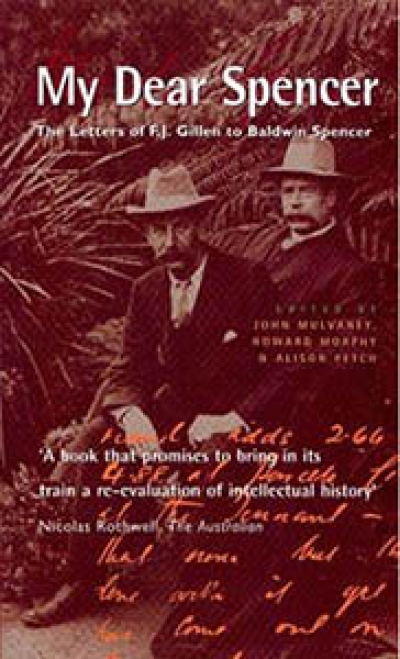John Mulvaney
Dogs’ tails and other trivia
Dear Editor,
I am grateful to Daniel Thomas for pointing out errors and inconsistencies where they exist in my book Australian Pastoral: The making of a white landscape (November 2007). In a work of 90,000 words and 600 footnotes, there will inevitably be some errors. However, most of what Thomas says are errors are not. My reference to ‘Lady Jane Franklin’ follows the Australian Dictionary of Biography. ‘Walter Baldwin Spencer’, although often called Baldwin Spencer, follows his biographers and the ADB. ‘James Stuart Macdonald’ is referred to thus in the first reference and then as ‘James Macdonald’ or ‘J.S. Macdonald’. All are correct and hardly hanging offences, but Thomas, who has known me for more than twenty years, spells my own name in two different ways, one wrongly, in his review. ‘Claude Lorraine’ is not a spelling mistake but accepted usage (The Oxford Companion to Art).
... (read more)

